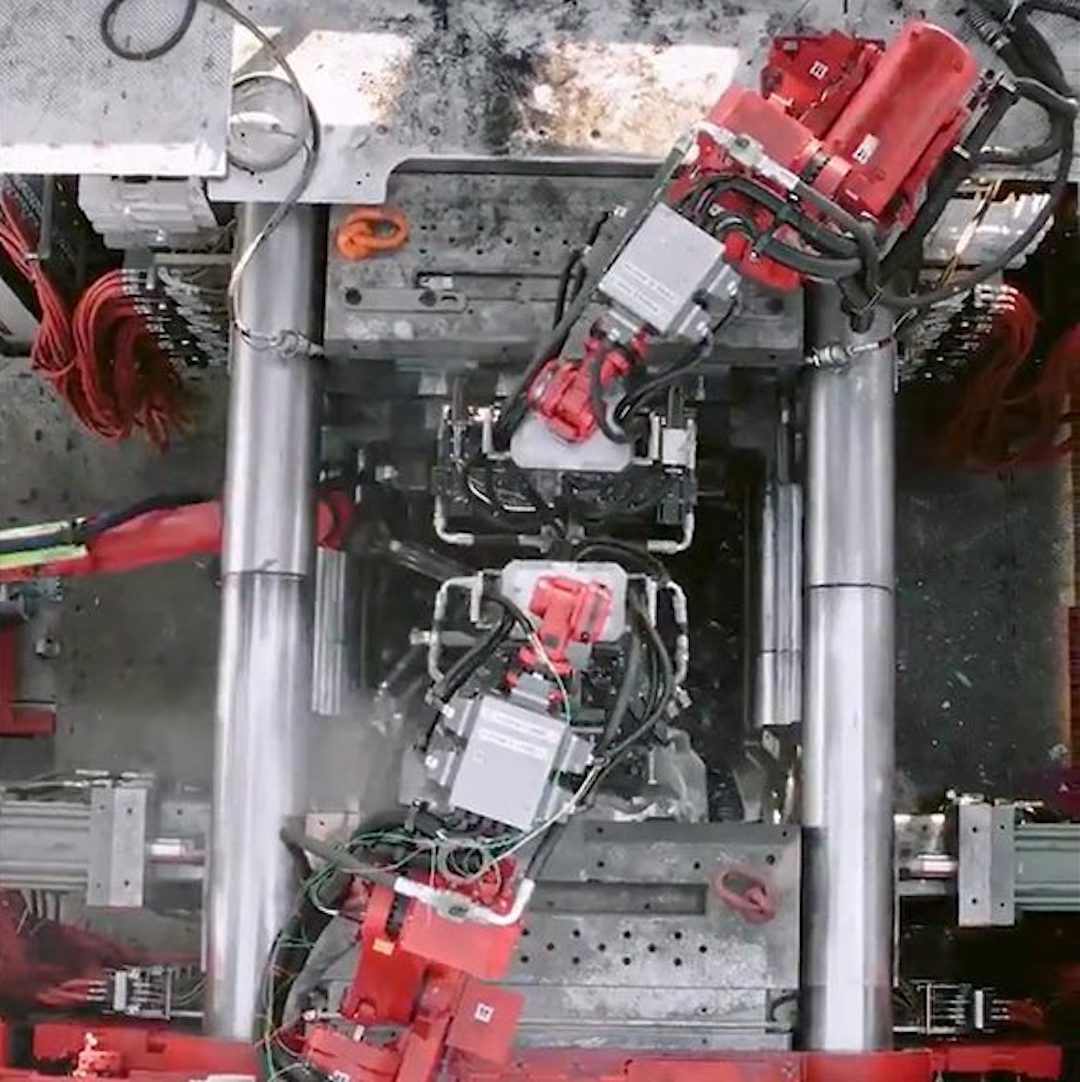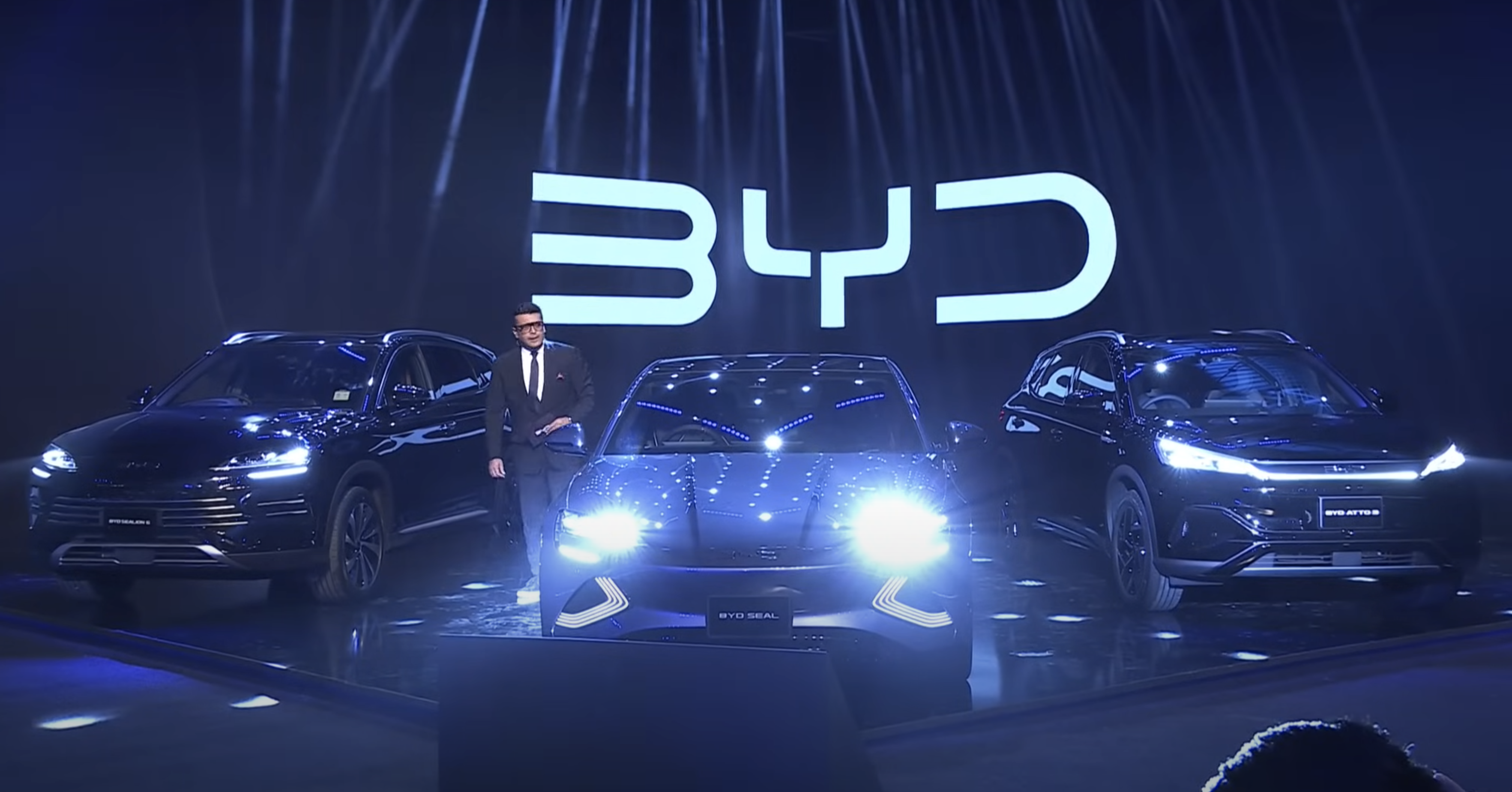Sign up for daily news updates from CleanTechnica on email. Or follow us on Google News!
The internet this morning is buzzing with the latest Tesla news. An anonymous source who claims to have knowledge of the matter says the company plans to produce a car with a starting price of €25,000 ($26,838) at its factory in Grünheide, Germany, according to a report by Reuters. The source did not say when production of the new car would begin.
That’s it. There are no further details to report, but that won’t keep us from speculating further on this report. The first thing we have to say is that our recent story about the price of Tesla shares being under pressure obviously prompted Elon Musk to gather his troops together and spur them to take on the challenge of making a car that will sell for less than half the average price of a new electric car in Europe today, which is €65,000, according to Reuters. By comparison, the average sale price of an electric car in China is about €31,000.
In September, other sources told Reuters that Tesla was getting close to being able to die cast virtually the entire structure of a car, an innovation that would dramatically lower the cost of production. We can presume that manufacturing breakthrough, once it occurs, will allow Tesla to make cars that sell for less money than any of its current models.
Also in September, we reported on the progress Tesla was making toward perfecting its die casting process and some of the issues that remain before full production using that process can begin. Die casting, if successful, can eliminate nearly 400 individual metal stampings that have be welded, glued, riveted, or bolted together to form the structure of a car.
Tesla first filed a patent application for high-pressure casting of large components in 2019. Since then, it is said to have perfected casting the rear section and the front section. Now the challenge is to cast the front, the rear, and the central section all in one piece — something no other manufacturer aside from Hot Wheels and Matchbox has ever done.
If Tesla can get this right, its cost of manufacturing could be slashed by up to 50 percent. That, in turn, will put tremendous pressure on every other manufacturer to respond or find themselves unable to compete. In February 2022, Volvo said it was planning to use high-pressure die casting to form some of the parts of its cars. Chinese companies Nio and XPeng also say they will adopt the new process.
Tesla Found Out Die Casting Ain’t For Sissies
Terry Woychowsk worked at General Motors for 3 decades. He told Reuters in September that if Tesla manages to cast most of the underbody of an EV, it would further disrupt the way cars are designed and manufactured. “It is an enabler on steroids. It has a huge implication for the industry, but it’s a very challenging task. Castings are very hard to do, especially the bigger and the more complicated.” At that time, there were rumors Tesla would make a decision on whether to proceed with high-pressure die casting in about three months. Here we are two months later and the drumbeat about casting is getting louder and more persistent.
One of the biggest challenges in using high-pressure castings is designing sub-frames that are hollow but have the internal ribs needed to dissipate the forces that occur during crashes. The sources claim innovations by design and casting specialists in Britain, Germany, Japan, and the United States are using 3D printing and industrial sand to solve some of those issues.
Making the molds needed for high-pressure casting of large components can be quite expensive and comes with considerable risks. Once a large metal test mold has been made, machining tweaks during the design process can cost $100,000, while redoing the mold altogether might cost from as little as $1.5 million to as much as $4 million, depending on which anonymous expert one talks to.
Many automakers have deemed the cost and the risks to be too high, especially since a design might need half a dozen or more tweaks to achieve a perfect die from the perspective of noise and vibration, fit and finish, ergonomics and crashworthiness. But risk is something that seldom bothers Elon Musk, who was the first to make rockets fly backwards.
Industrial Sand & 3D Printing
Tesla reportedly has turned to firms that make test molds out of industrial sand with 3D printers. Using a digital design file, printers known as binder jets deposit a liquid binding agent onto a thin layer of sand and gradually build a mold, layer by layer, that can die cast molten alloys. According to one source, the cost of the design validation process with sand casting costs about 3% of doing the same thing with a metal prototype. Which means Tesla can tweak prototypes as many times as needed, reprinting a new one in a matter of hours using machines from companies such as Desktop Metal and its ExOne unit. The design validation cycle using sand casting only takes two to three months, two of the sources said, compared to six months to a year for a mold made from metal.
Despite that greater flexibility, however, there was still one more major hurdle to overcome before large-scale castings could be made successfully. The aluminum alloys used to produce the castings behave differently in molds made of sand than they do in molds made of metal. Early prototypes often failed to meet Tesla’s specifications.
The casting specialists overcame that by formulating special alloys, fine tuning the molten alloy cooling process, and coming up with a post-production heat treatment, three sources told Reuters. Once Tesla is satisfied with the prototype sand mold, it can then invest in a final metal mold for mass production.
The sources said Tesla’s upcoming small car/robotaxi has given it a perfect opportunity to cast an EV platform in one piece, mainly because the underbody will be simpler. Small cars don’t have a big “overhang” at the front and the back. “It’s like a boat in a way, a battery tray with small wings attached to both ends. That would make sense to do in one piece,” one person said.
The sources claimed that Tesla still has to decide what kind of press to use if it goes ahead with its die casting plan. To manufacture large body parts quickly will require bigger casting machines with clamping power of 16,000 tons or more. Such machines will be expensive and may require larger factory buildings.
Presses with high clamping power cannot accommodate the 3D-printed sand cores needed to make hollow subframes. To solve that problem, Tesla is using a different type of press into which molten alloy can be injected slowly — a method that tends to produce higher quality castings and can accommodate the sand cores.
The problem is, that process takes longer. “Tesla could still choose high pressure for productivity, or they could choose slow alloy injection for quality and versatility,” one of the people said. “It’s still a coin toss at this point.”
Some Questions Remain
The prospect of a less expensive car from Tesla is wonderful news. Who wouldn’t want more affordable electric cars? But there are still some niggling issues to consider. What happens if a die cast car is involved in a collision? Will it be repairable, and if so, at what cost? Some envision these as being “throwaway” cars that will be discarded if they get damaged because fixing them will be too expensive. Since there is no information available on this topic, readers are free to speculate what die cast cars mean when it comes to insurance costs and recyclability.
Another factor here is the actual factory itself. Tesla is experiencing substantial pushback from community groups and local regulators in Germany who are concerned that the plans Tesla has submitted for an expansion of its factory in Grünheide are not environmentally sound. In particular, people are concerned that there is not enough water available without having a negative impact on the surrounding community. If the factory has to be expanded before the new die cast assembly line can become operational, it may be years before the new cars get built.
The other question is whether these new cars are designed to be private passenger cars or the robotaxis Elon Musk has been fixated on for years. Robotaxis may seem like a dream to Elon, but many are skeptical about fleets of self-driving cars ferrying people about. The high-pressure casting piece of the puzzle may be solved, but the autonomous driving systems needed remain far in the future, with some predicting they will not arrive before 2030 at the earliest.
Musk Visits Germany
The last bit of news from Reuters today is that Elon made a personal visit to the factory in Germany on November 3 to thank the staff for their hard work and to say Tesla plans to build a €25,000 car. Tesla also informed workers on Friday that all staff would receive a 4% pay rise starting in November, while production workers will receive an additional €2,500 per year starting in February 2024. That’s equivalent to an 18% pay rise over the next 18 months.
German union IG Metall said in 2022 that Tesla wages were around 20% below those offered under collective bargaining agreements at other carmakers. Did the recent UAW strike and contract have anything to do with that generosity? You decide.
Have a tip for CleanTechnica? Want to advertise? Want to suggest a guest for our CleanTech Talk podcast? Contact us here.
EV Obsession Daily!
I don’t like paywalls. You don’t like paywalls. Who likes paywalls? Here at CleanTechnica, we implemented a limited paywall for a while, but it always felt wrong — and it was always tough to decide what we should put behind there. In theory, your most exclusive and best content goes behind a paywall. But then fewer people read it!! So, we’ve decided to completely nix paywalls here at CleanTechnica. But…
Thank you!
Community Solar Benefits & Growth
CleanTechnica uses affiliate links. See our policy here.




